KEN DANTER
My friend, Robert, walked into his favorite restaurant. Spying an attractive woman at the bar with an empty seat beside her, he sat down and ordered his drink and turning to the woman, said “I just saw a rose breasted grosbeak in the tree by the parking lot.” That was probably not his best pick-up line but it was, after all, his wife, Olivia. She’d heard all of his lines in the past, and for her, this one was pretty good. Olivia immediately got up to go out to take a look as did the couple in the adjoining seats. As it turned out, they had never heard of a rose breasted grosbeak but seemed interested, nevertheless.
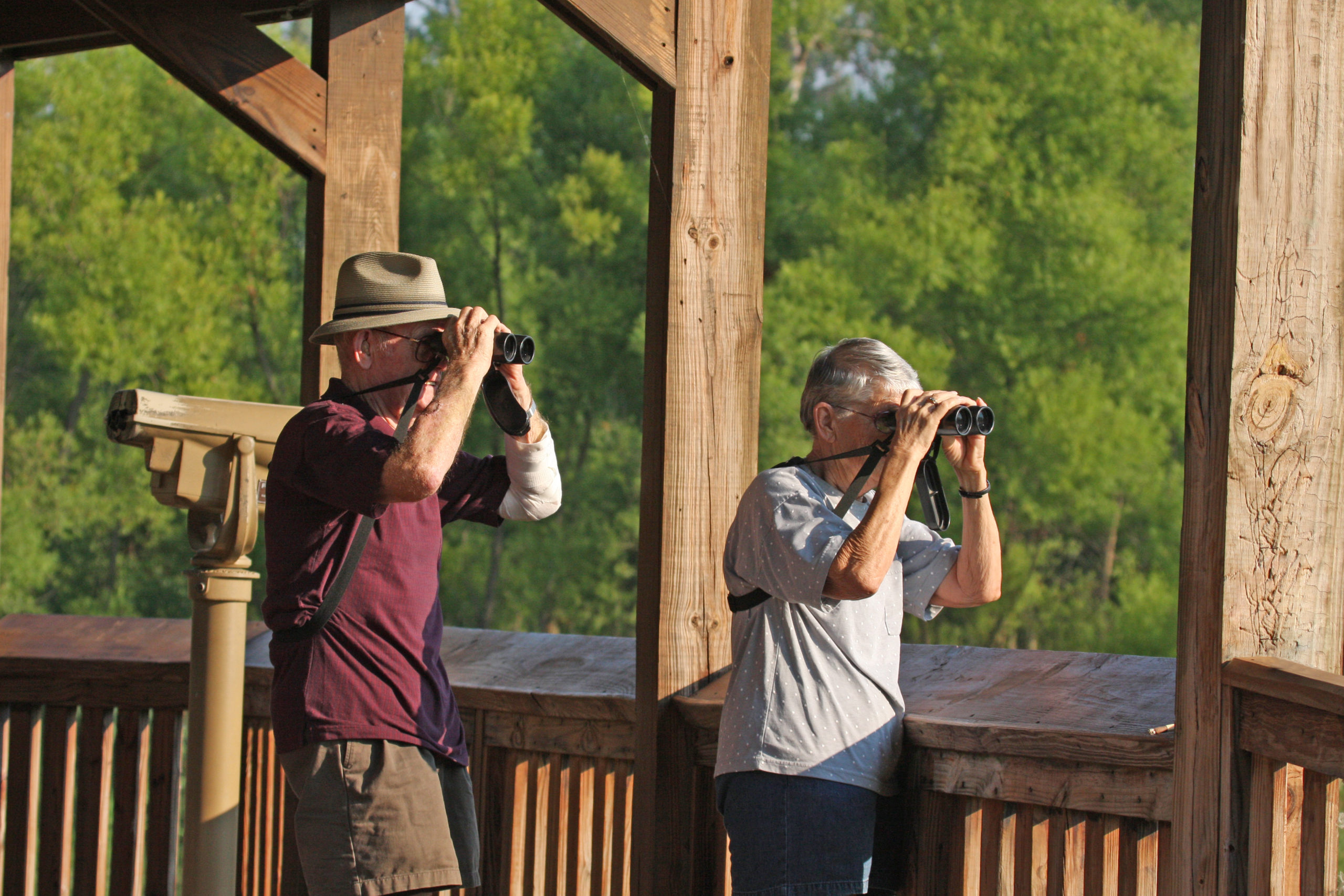
As introductory lines go, “I’m a bird watcher” has never gained much traction. Even in social gatherings, bird watching seldom becomes a topic of conversation. However, place six golfers in a room with fifty people and they will find each other within twenty minutes.
What is it about bird watching that people are reluctant to introduce the subject? If somehow the topic does come up it is always interesting to see the number of people who respond. Avid birders light up, eager to share their latest sightings or trips. Others may not be avid birders but still have an interest. It’s not uncommon to be asked to recommend a good birding guide. Or, what’s the little gray bird that comes to my feeder in winter? Where do the “wild canaries” go in the winter?
According to the U.S. Fish and Wildlife Service, over 45 million adults “observe birds on trips and around the home.” By contrast, only 25 million people in the U.S. play golf.
I’m often asked why I enjoy bird watching and it’s a difficult question. The immediate reaction is that it’s out-of-doors or it’s good exercise. But the same can be said for golf, jogging, fishing or hundreds of other pursuits. The quickest response is a benefit, not a reason. There may be something deep in our DNA that seeks to understand what’s going on around us. Cultures cut off from the world can still identify nearly all of the same species that scientists have catalogued, but without the benefits of a field guide.
It might be the mystery of how these little guys can survive a journey of thousands of miles and find their way back to the same spot without a GPS and cell phone.
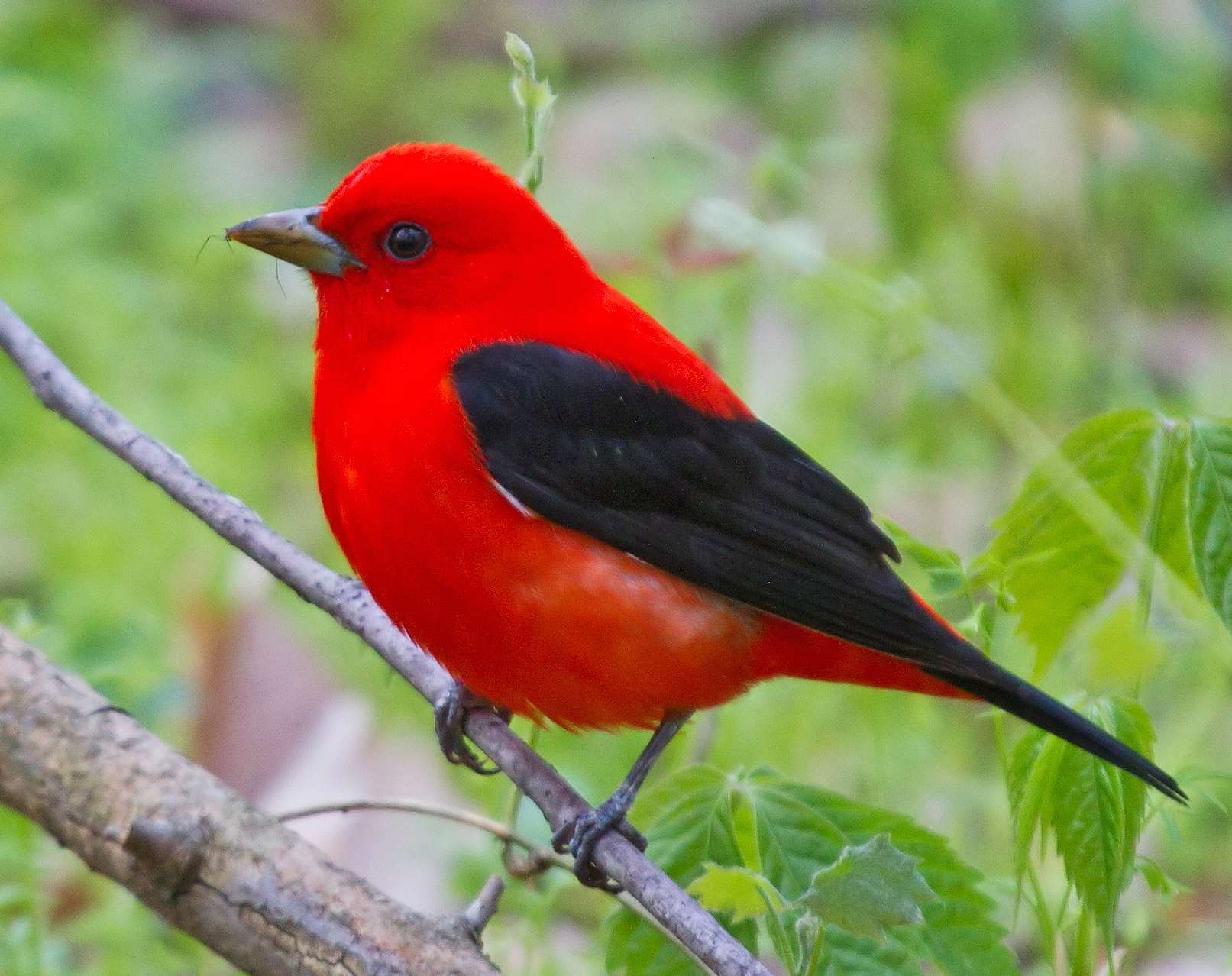
We may be guided by an event early in life that sparked an interest. For me, at the age of 9 or 10, I saw, in the same tree, a scarlet tanager, Baltimore oriole and an indigo bunting. I beat it to the library, found the Golden Book of Birds and have been hooked ever since.
SIDEBAR
Bird watchers spend an estimated $41 billion annually on their hobby and support over 650,000 jobs.
SLATE RUN
April 1, 20202
Covered Bridge and Shagbark trails
This is a pleasant lollipop trail through meadows and woodlands. I saw the first warblers of the year at the covered bridge, including yellow-rumped warblers, numerous towhees and song sparrows. The Covered Bridge Trail figure eights with the Shagbark Trail which goes through, you guessed it, a beautiful shagbark hickory woods.
Trails combine for 1.0 mile; I hiked a total of 1.7 miles.
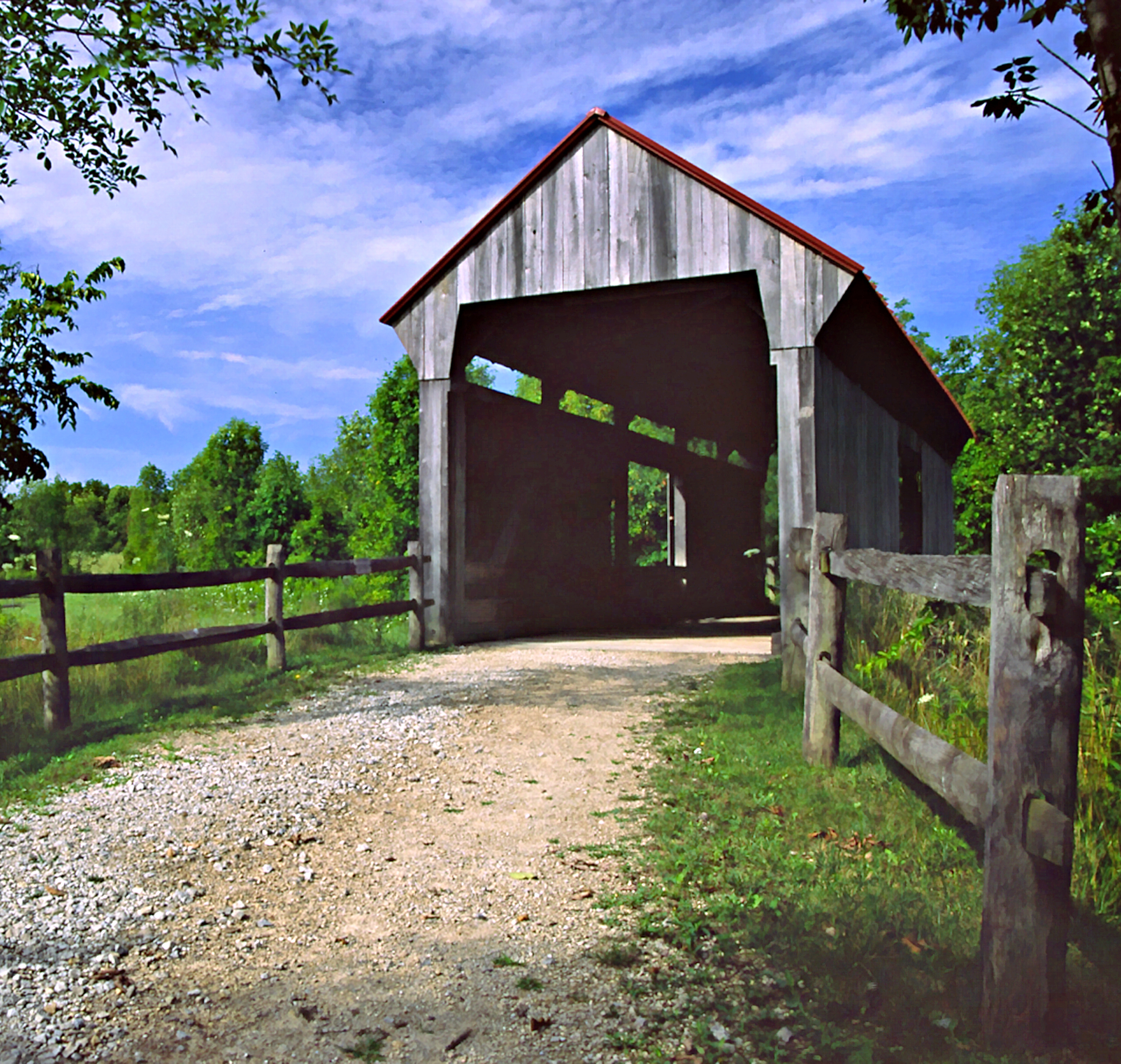
April 1, 2020
Five Oaks Trail
This beautiful trail goes through mixed hardwoods. There must be five species of oaks, hence the name Five Oaks Trail. The trail winds up and down from hilltop to creek several times so there are some steep sloops.
Total trail length 1.5 miles, I hiked 1.79 miles.
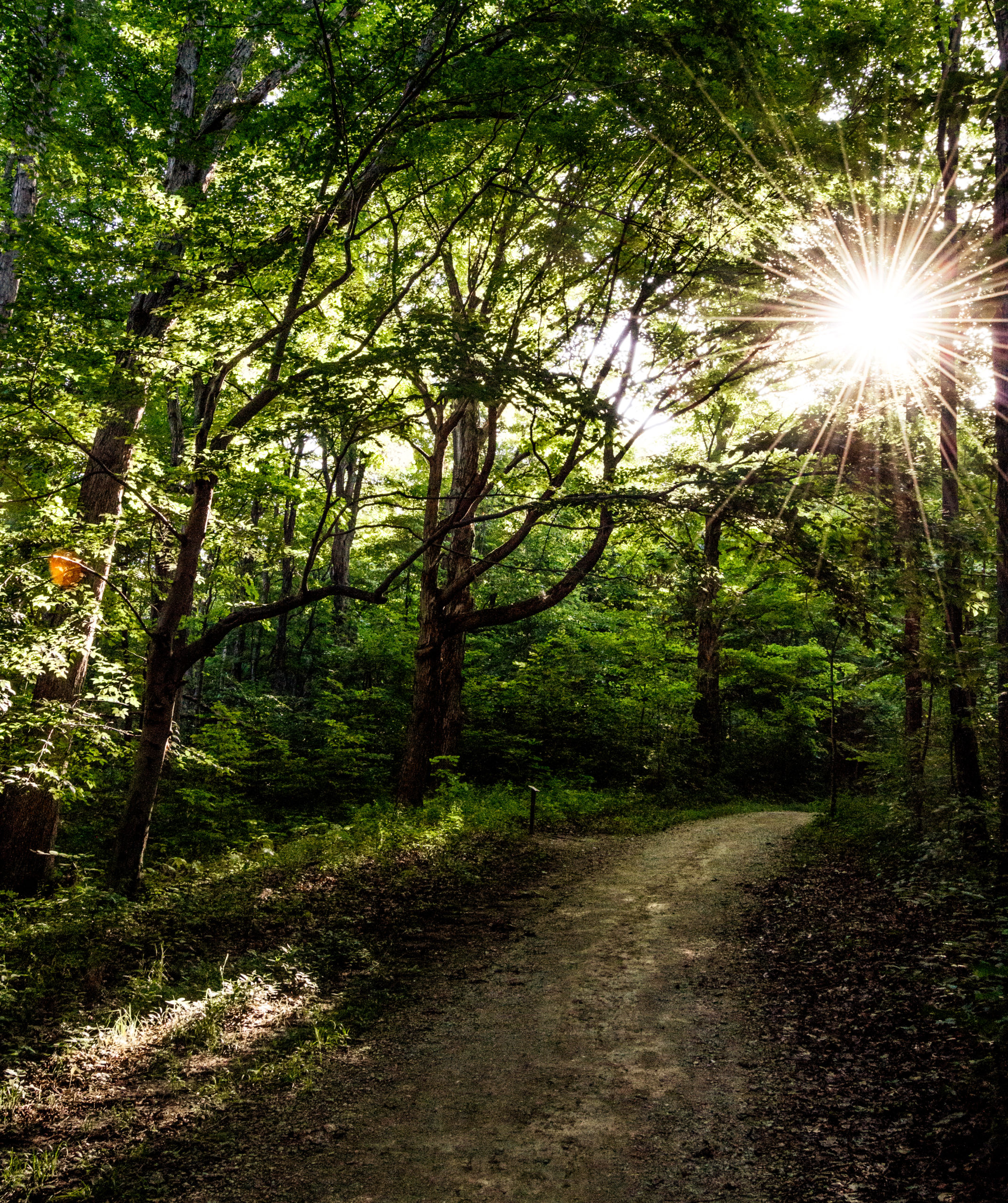
PICKERINGTON PONDS
April 6, 2020
Meadowlark Trail
This trail is a mowed path through a mowed meadow. Toward the west end it passes through a small woodlot with numerous birds. It’s probably an excellent trail in late summer when the meadow has grown head high.
CLEAR CREEK
April 8, 2020
Creekside Meadows Trail
This is a 1.7-mile lollipop trail that, when duplicating the “stick,” is 2.9 miles. I hiked a total of 3.25 miles. The trail parallels Clear Creek Road and Clear Creek the entire way. With mostly meadows to the west and the creek to the east there is considerable variation in habitat. It’s easy to understand the reputation of Clear Creek as a major birding hot spot.
There’s an abundance of equisetum (horsetail, horsetail rush, scouring rush) along the creek. Equisetum is a relative of the fern family and dates back 270 million years.
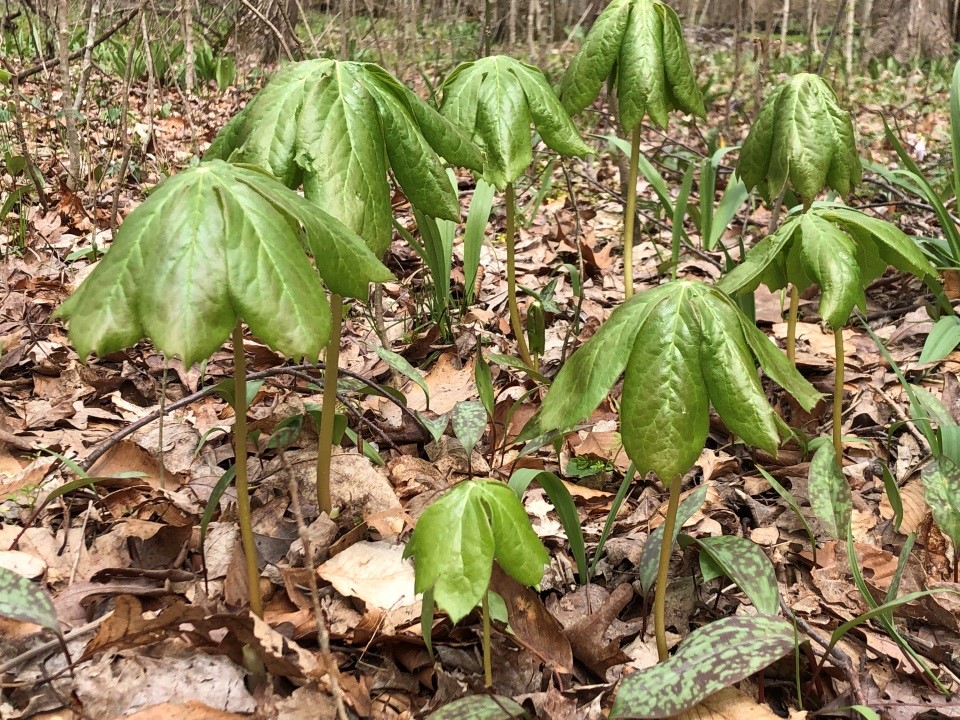
May apples are well along (can morels be far behind). There was considerable evidence of high water with most of the meadow area having been covered earlier in the spring. Most of the meadows have been mowed, limiting the cover for most field birds. Later this summer this would be a spectacular hike. There are three places between the two parking lots, where the creek is very close to the road and the trail goes along the roadside.
My objective was to fish then do a short hike, however, the water was high and muddy so I opted for a longer hike. I think I’m missing good fishing opportunities by only using the 8 fishing accesses provided by Metro Parks. There are numerous places along this trail to fish and I’m certain there is little fishing pressure. I need to get back soon.
Trail length 1.7 miles. Total distance 3.25.
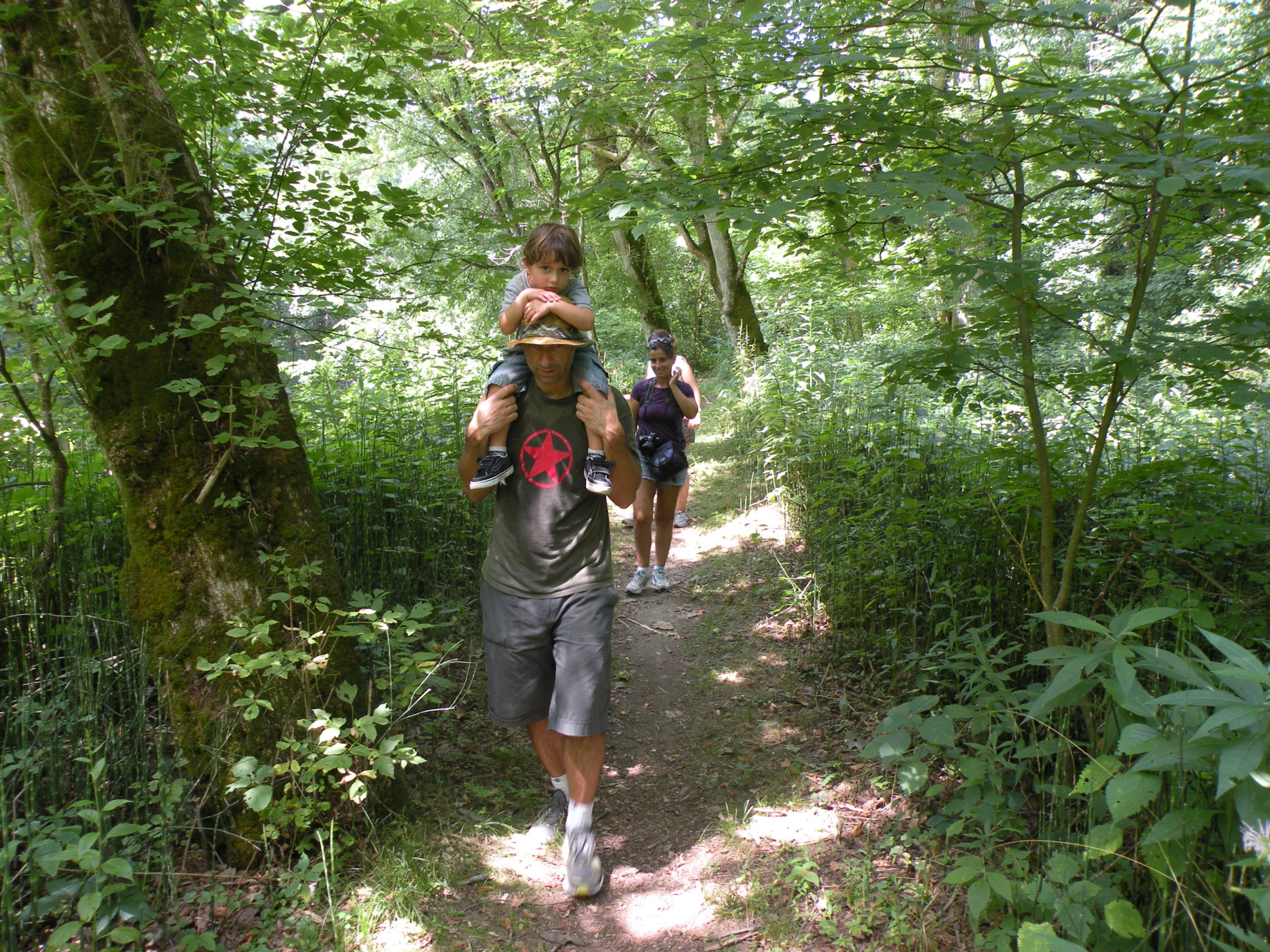
WALNUT WOODS
April 20, 2020
Sweetgum Trail and Pin Oak Trail
Today I hiked the remainder of the Sweetgum Trail and the Pin Oak Trail. The Sweetgum Trail winds through a great white pine plantation. The weather was perfect, the smell of pines…it was a great hike. The birding was rather slow, but I did pick up a few firsts for the year….nothing noteworthy.
The Pin Oak Trail is not listed on the map available at the kiosk but it’s on the Metro Parks website map. The trail starts about midway through the Sweetgum Trail figure 8 connector and goes west. It’s not marked but it is a clear, wide trail. It’s not improved and somewhat muddy in spots. It eventually turns north and reconnects with the Sweetgum Trail. It’s well worth the side trip. It goes through mixed habitat and is a quiet detour if the main trail is busy.
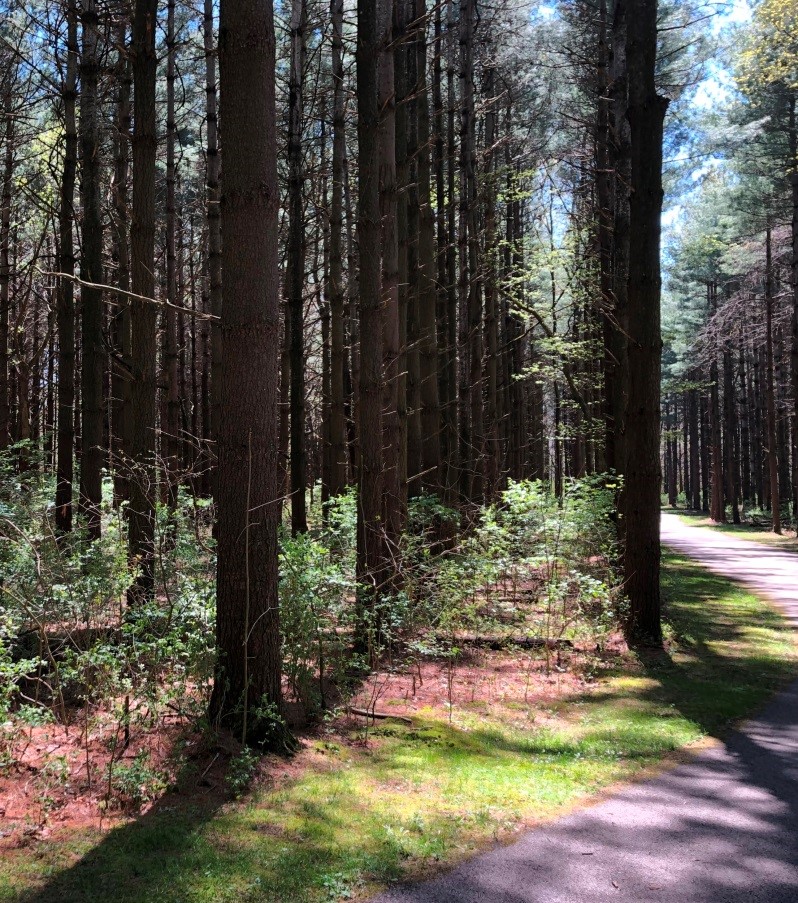
Bradford pear trees are numerous throughout much of the park. Once a popular landscape tree, noted for its spring flowers, it has become one of the worst invasive plants crowding out native species. Seeds, however, are a bird favorite and seeds are mostly spread by birds.
I hiked these trails over two days for a total of 3.0 trail miles but 4.7 hiking miles.
SCIOTO GROVE
March 30, 2020
Overlook Trail
It was a cold and windy day after several days of rain. My intention was to hike the Overlook Trail and the REI River Trail; however, high water closed the river trail. I just made it to the first inlet and back, 1.14 miles.
Pickerel frogs were out in number. Their call was confusing to me and it was hard to separate pickerel frog from a leopard frog. A naturalist thought it was a most likely a pickerel frog.
May 4, 2020
I returned to Scioto Grove after being flooded out on my previous visit. I hiked most of the REI River Trail and the Overlook Trail. Being behind in my birding goal, my hope was that with the Scioto River being a major flyway the birding would be more active.
I was wrong.
There were just a few warblers and kinglets.
The REI River Trail, however, is a spectacular trail that parallels the Scioto River for nearly two miles. It’s a lush bottom land with giant cottonwood and sycamore trees, some nearly five feet in diameter. There are wonderful views of the river.
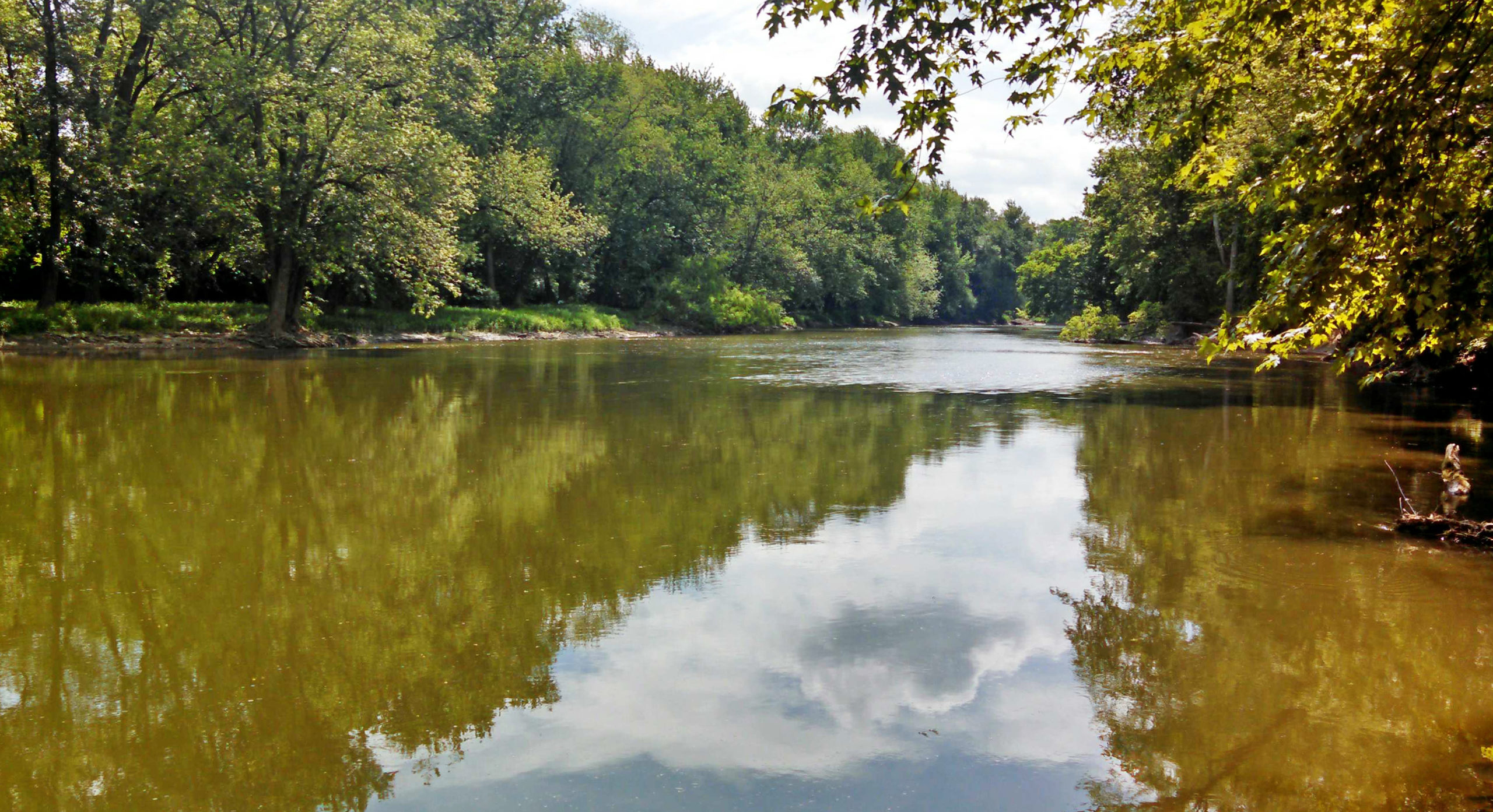
Along the Overlook Trail, I saw what appeared to be the remains of a farm site with boulders, generally in rows, fence scars on trees and naturalized daffodils. Not much else remains. I need to look into old aerial photos and see if there is further evidence of habitation.
Scioto Grove contains 620 acres and was a combination of land acquisition through the State of Ohio Clean Ohio program and Franklin County voters. Grove City contributed 193 acres to the park and the retailer, REI Coop, contributed funds to construct a backpack trail and campsites along the REI River Trail.
These two trails combine for 3.0 miles. I covered them in 4.42 miles (meandering in action).
BY THE NUMBERS TO DATE
Miles – 27.8 of 236
Birds – 111 of 200
I’ve hiked a total of 39.9 miles to achieve 27.8 trail miles.
In May I’ll need to focus on catching the migrants, only 111 by May 4 is way behind schedule.

The scarlet tanager bird photo is too beautiful. I am so impressed with this red feather color that I will add the scarlet tanager to my favorite bird list.